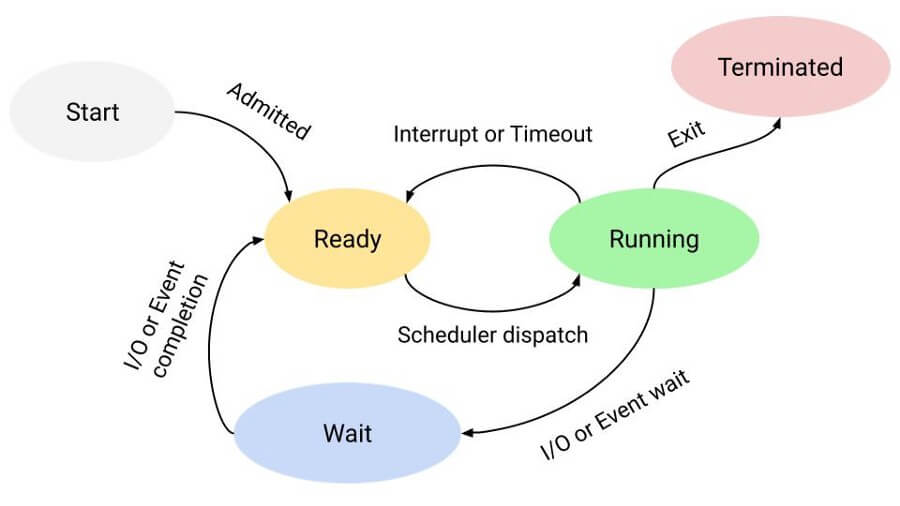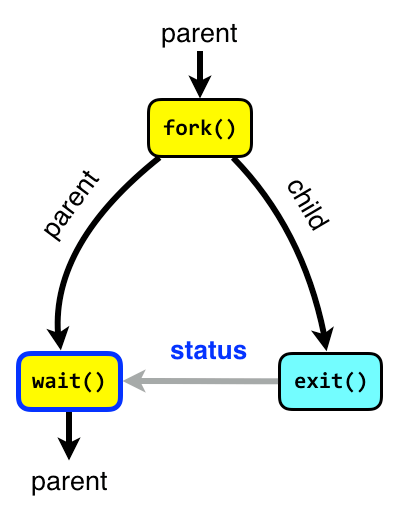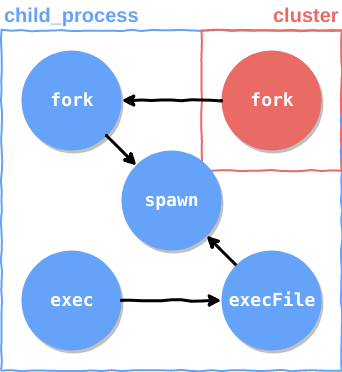Difference Between Process, Parent Process, and Child ProcessYou may use this article to compare Process, Parent Process, and Child Process in great depth. Let's first define Process, Parent Process, and Child Process before comparing them. What is a Process?A process refers to an instance of a computer program that is being executed by the operating system. It is a running instance of a program that has its unique process ID (PID), address space, and system resources such as file descriptors, environment variables, and CPU time. Each process is isolated from other processes, and they can communicate with each other through inter-process communication (IPC) mechanisms. 
In simple terms, a process is a running program that has been loaded into the computer's memory and is currently being executed. When a program is launched, it becomes a process, and it continues to run until it completes its task or is terminated by the operating system or a user. Processes are essential to the functioning of modern operating systems and enable multitasking, which allows several programs to run simultaneously on a computer. What is a Parent Process?A parent process is a process that creates another process, known as a child process. When a parent process creates a child process, it passes some data or instructions to the child process. The parent process can also monitor and control the child process's behaviour, including terminating it if necessary. 
Parent processes are an important concept in operating systems, as they enable the creation of new processes and the coordination of multiple processes. The relationship between parent and child processes can be visualized as a tree structure, with the parent process at the top of the tree and the child processes branching out below it. In some operating systems, such as Unix and Linux, the parent-child relationship between processes is established through a system call called "fork." When a parent process calls fork, it creates a copy of itself, which becomes the child process. The child process inherits some of the parent process's properties, such as its memory and file descriptors. The child process can then execute a different program using the "exec" system call. Overall, parent processes play a crucial role in the creation and coordination of multiple processes in an operating system. What is a Child Process?A child process is a process that is created by another process, known as the parent process. When a parent process creates a child process, it passes some data or instructions to the child process. The child process is an independent entity that can execute a different program or perform a different task from the parent process. 
The relationship between a parent process and a child process is hierarchical, with the parent process at the top of the tree and the child process branching out below it. The parent process can create multiple child processes, and each child process can also create its child processes. This hierarchical relationship between processes is fundamental to multitasking, which allows several programs to run simultaneously on a computer. Child processes can inherit some of the parent process's properties, such as its memory and file descriptors, but they can also allocate their resources and control them independently. The child process can execute a different program using the "exec" system call. Once the child process has completed its task, it can terminate itself or be terminated by the parent process. In operating systems like Unix and Linux, the creation of child processes is established through a system call called "fork." The fork system call creates a copy of the parent process, and the child process inherits some of the parent process's properties. The child process can then execute a different program using the "exec" system call. Overall, child processes are essential to the functioning of modern operating systems and enable multitasking, which allows several programs to run simultaneously on a computer. They also play a crucial role in the creation and coordination of multiple processes in an operating system. Difference between Process, Parent Process, and Child Process
This is all about the comparison between Process, Parent Process, and Child Process. I Hope you understood this topic.
Next TopicDifference between
|
 For Videos Join Our Youtube Channel: Join Now
For Videos Join Our Youtube Channel: Join Now
Feedback
- Send your Feedback to [email protected]
Help Others, Please Share










